Libeo® 10 mg and 40 mg chewable tablets for dogs Species: Dogs Therapeutic indication: Pharmaceuticals: Diuretics Active ingredient: Frusemide (Furosemide) Product:Libeo® 10 mg and 40 mg chewable tablets for dogs Product index: Libeo Qualitative and quantitative composition Active substance: One tablet of 330 mg contains: Furosemide 10 mg One tablet of 1320 mg contains: Furosemide 40 mg Excipient(s): For the full list of excipients, see Pharmaceutical particulars. Pharmaceutical form Chewable tablet. Clover shape beige tablet. The tablets can be divided into equal quarters Clinical particulars Target species Dogs Indications for use, specifying the target species Treatment of ascites and oedema, particularly associated with cardiac insufficiency Contraindications Do not use in dogs suffering from hypovolaemia, hypotension or dehydration. Do not use in cases of renal failure with anuria. Do not use in cases of electrolyte deficiency. Do not use in cases of hypersensitivity to furosemide, sulfonamides or any of the excipients. Special warnings for each target species Therapeutic efficacy may be impaired by increased intake of drinking water. Where the animal’s condition permits, water intake should be restricted to physiologically normal levels during treatment. Special precautions for use Special precautions for use in animals As the tablets are flavoured, they should be stored in a safe place out of the reach of animals. Furosemide should be used with caution in case of pre-existing electrolyte and/or water imbalance, impaired hepatic function (may precipitate hepatic coma) and diabetes mellitus. In case of prolonged treatment, hydration status and serum electrolytes should be monitored frequently. 1-2 days before and after commencement of treatment with diuretics and ACE inhibitors renal function and hydration status should be monitored. Special precautions to be taken by the person administering the veterinary medicinal product to animals People with known hypersensitivity to furosemide should avoid contact with the veterinary medicinal product. Wash hands after use. Do not handle this product if you know you are sensitive to sulphonamides as hypersensitivity to sulphonamides may lead to hypersensitivity to furosemide. If you develop symptoms following exposure such as a skin rash, you should seek medical advice and show the doctor this warning. Swelling of the face, lips or eyes or difficulty with breathing are more serious symptoms and require urgent medical attention. In case of accidental ingestion, seek medical advice immediately and show the package leaflet or the label to the physician. Adverse reactions (frequency and seriousness) Cross-reactivity to sulfonamides is possible. In rare cases, soft faeces may occur. These signs are transient and mild and do not necessitate the withdrawal of the treatment. Due to the diuretic action of furosemide, there may be hemoconcentration and impairment of the circulation. In cases of prolonged treatment electrolyte deficiency (including hypokalemia, hyponatremia) and dehydration may occur. Use during pregnancy, lactation or lay Laboratory studies have produced evidence of teratogenic effects. The safety of the product has not been established in pregnant and lactating bitches however, furosemide is excreted into milk. In pregnant and lactating animals, use only according to the benefit/risk assessment by the responsible veterinarian. Interaction with other medicinal products and other forms of interaction Concurrent use with drugs affecting electrolyte balance (corticosteroids, other diuretics, amphotericin B, cardiac glycosides) requires careful monitoring. Concomitant use with aminoglycosides or cephalosporins may increase the risk of nephrotoxicity . Furosemide may increase the risk of sulfonamide allergy. Furosemide may alter insulin requirements in diabetic animals. Furosemide may reduce the excretion of NSAIDs. The dose regimen may need to be modified for long term treatment in combination with ACE inhibitors, depending upon the animal’s response to therapy. Amounts to be administered and administration route Oral route. 1 to 5 mg furosemide/kg bodyweight per day, given in a single dose or in two divided daily doses. Depending on the severity of the oedema or ascites or in refractory cases, the daily dose may be doubled. Example for a targeted dose of 1mg/kg per administration Weight (kg) Tablet per administration (10mg) 2 - 3.5 1⁄4 3.6 - 5 ½ 5.1 - 7.5 3⁄4 7.6 - 10 1 10.1 - 12.5 1 1⁄4 12.6 - 15 1 ½ Weight (kg) Tablets per administration (40mg) 7.6 - 10 1⁄4 10.1 - 12.5 USE LIBEO 10MG 12.6 - 15 USE LIBEO 10MG 15.1 - 20 ½ 20.1 - 30 3⁄4 30.1 - 40 1 40.1 - 50 1 1⁄4 For dogs of 2 to 7.5 and dogs of 10.1 to 15 kg bodyweight, use Libeo 10 mg tablets. For dogs of 15.1 to 50 kg bodyweight use Libeo 40 mg tablets For maintenance, the dosage should be adapted to the lowest effective dose by the veterinarian depending on the clinical response of the dog to the therapy. The dosage and schedule may have to be adjusted depending on the condition of the animal If treatment is administered last thing at night this may result in inconvenient diuresis overnight. Instruction on how to divide the tablet: Put the tablet on a plain surface, with its scored side facing the surface (convex face up). With the tip of forefinger, exert a slight vertical pressure on the middle of the tablet to break it in its width into halves. In order to obtain quarters, then exert a slight pressure on the middle of one half with forefinger to break it in its length. The tablets are flavoured and may be mixed with a small amount of food offered prior to the main meal, or administered directly into the mouth. Overdose (symptoms, emergency procedures, antidotes), if necessary Doses higher than recommended may cause transitory deafness, electrolyte and water balance problems CNS effects (lethargy, coma, seizures) and cardiovascular collapse. Treatment should be symptomatic. Withdrawal period(s) Not applicable.














